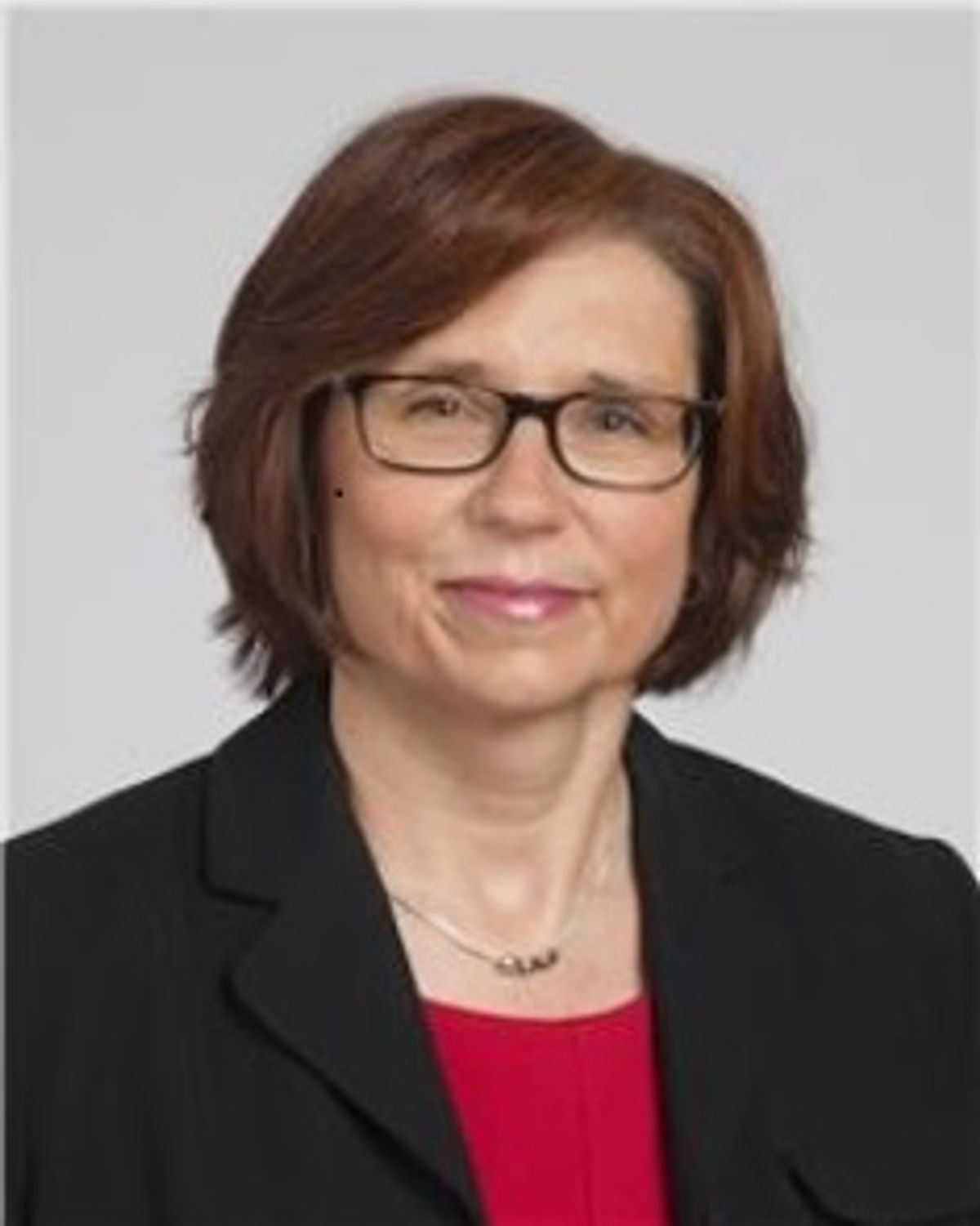What Can We Do about Clinical Workforce Shortages?
ASCP initiatives to alleviate labor shortages focus on visibility, recruitment and retention, and DEI


Susan Harrington, PhD, D(ABMM), MASCP, MLS(ASCP)CM, is the chair of the Workforce Steering Committee at the American Society for Clinical Pathology (ASCP) and a former chair of the ASCP Board of Certification Board of Governors. She is the medical director of the School of Medical Laboratory Science, as well as the Mycobacteriology and Akron General Hospital Microbiology laboratories of the Robert J. Tomsich Pathology and Laboratory Medicine Institute, all at the Cleveland Clinic. Harrington is also an assistant professor in the Lerner College of Medicine.
What key workforce challenges are clinical laboratories currently facing?
Workforce vacancy continues to be a major challenge. Many clinical lab professionals are leaving due to retirement, a career change, or burnout, and we don't have enough qualified applicants entering the workforce.
To give it some perspective, the number of medical laboratory science bachelor's level programs decreased by 40 percent in the last 20 years to just 232 programs across the US in 2020. Thus, labs have had to hire new employees with more general bachelor's degrees (such as in biology) then provide them with considerable on-the-job training to ensure those employees obtain CLIA certification. This excessive training places a significant burden on daily lab operations and may nonetheless fail to secure certification for the new employee.
What initiatives is ASCP undertaking to better understand and address these clinical workforce challenges?
In 2020, ASCP conducted a study with the University of Washington Center for Health Workforce Studies. ASCP developed 12 recommendations to address health workforce issues, published in the Blueprint for Action on the ASCP website
One of the recommendations was to form a Workforce Steering Committee, which has focused its efforts on improving the visibility of the profession.
Another recommendation was to form the Medical and Public Health Laboratory Workforce Coalition, which consists of more than 20 groups, including professional laboratory societies, the CDC, APHL, and industry and reference laboratories.
What can be done to address workforce challenges?
The ASCP’s Blueprint for Action has grouped 12 recommendations into three focus areas:
- Visibility
- Recruitment and retention
- Diversity, equity, and inclusion
One initiative that spans all three areas focuses on developing materials and toolkits to educate students from middle school to university about careers in laboratory medicine and pique their interest in the profession.
To improve visibility, we are also trying to unify the profession’s nomenclature. ASCP encourages hospitals, universities, professional societies, and individuals to use “medical laboratory scientist (MLS)” as the job title for those with a bachelor’s degree.
How can training programs make a difference? What should students consider when selecting a program?
Training programs play a crucial role in addressing workforce challenges. When selecting an education program, choose one that is accredited by the National Accrediting Agency for Clinical Laboratory Sciences, or NAACLS. Programs that do not have the accredited medical laboratory science program title may not provide adequate education and preparation for passing certification exams. Lab professionals can further expand their knowledge with programs that increasingly offer online and simulated reality lab training.
What can different stakeholders do to mitigate workforce issues?
As the financial landscape shifts in 2023, tighter budgets are preventing labs from using financial incentives to retain employees. Nonetheless, labs can offer different incentives to motivate and reward staff, such as flexible scheduling, involving staff in process improvement projects (to give them a sense of ownership), and providing continued education. Simple words of praise and gratitude, as well as regular lab huddles to share successes and needs, provide lab staff with an opportunity for communicating, troubleshooting, and positive reinforcement. These approaches help create a more positive environment for staff retention.
